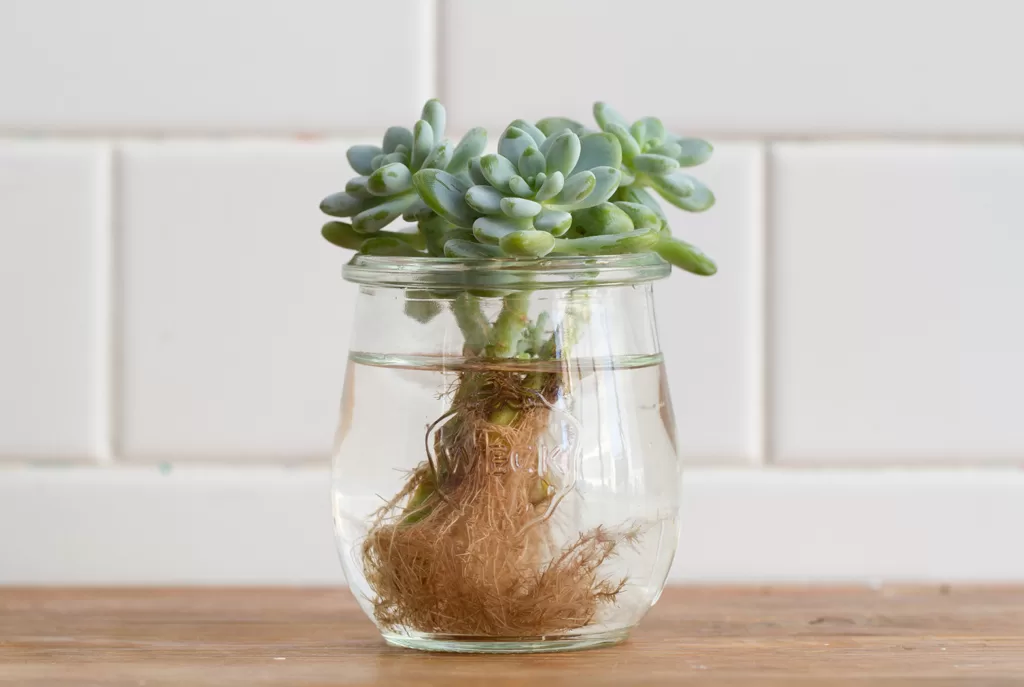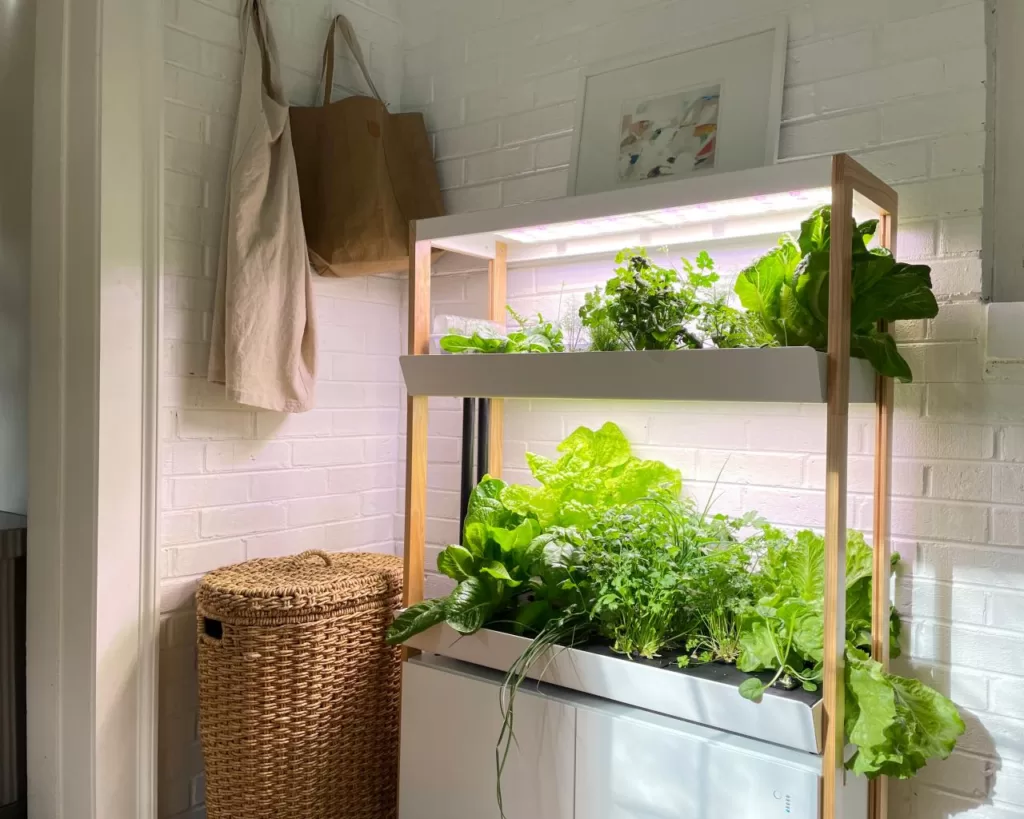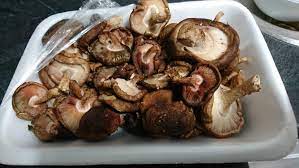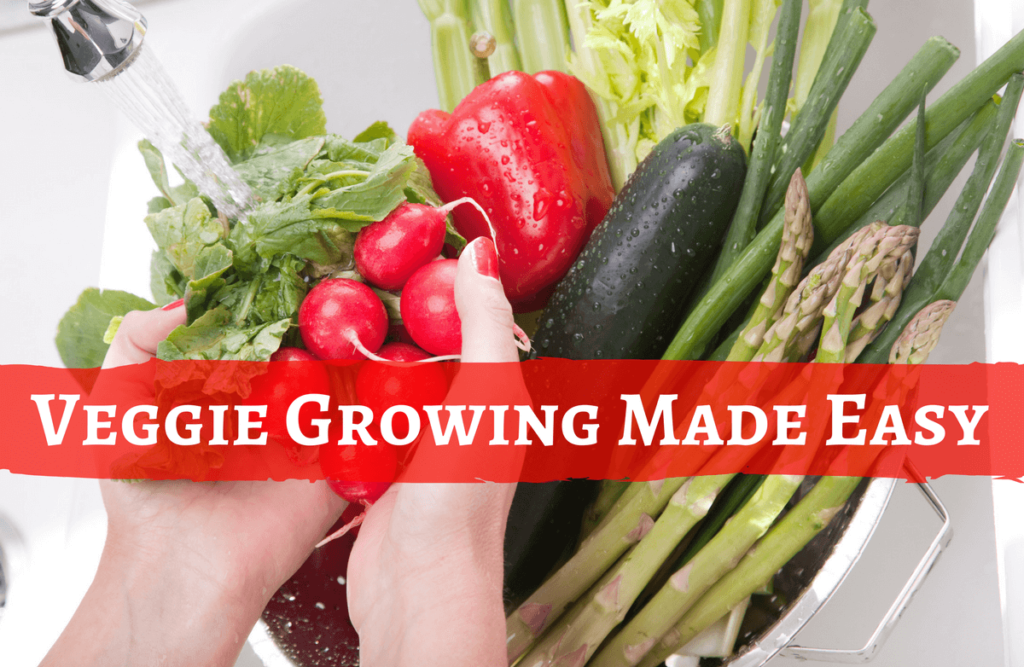Here are several steps you can take to make your tomato plant bushier:
- Pinching: Pinching off the tips of the main stem when the plant is young can encourage branching and promote bushier growth.
- Pruning: Regular pruning of the lower leaves and suckers can also help to promote bushier growth. By removing lower leaves and suckers, you’re directing the plant’s energy into producing more branches and leaves, instead of fruit.
- Training: Training the plant to grow on a trellis or stake can help to increase air circulation, reduce disease pressure, and encourage bushier growth. As the plant grows, gently tie its stems to the support to keep it upright.
- Adequate water and nutrition: Providing consistent water and proper nutrition is essential for healthy growth and can help promote bushier growth in tomato plants.
By following these steps, you can help encourage bushier growth in your tomato plant, resulting in a healthier and more productive plant. However, it’s important to note that some tomato varieties are naturally more bush-like and others are more vine-like, so the results may vary depending on the variety you’re growing.
Table of Contents
How do you do Pinching of tomato plants
Pinching is a simple horticultural technique used to encourage bushier growth in tomato plants. Here’s how to do it:
- Wait until the plant has 2-3 sets of leaves and is about 6-8 inches tall.
- Locate the growing tip at the top of the main stem and carefully pinch it off using your thumb and forefinger.
- Remove only the growing tip, leaving behind the two sets of leaves below it.
- Repeat the process every 2-3 weeks, or until the plant reaches the desired height.
By removing the growing tip, you’re directing the plant’s energy into producing more branches and leaves, instead of focusing all its energy on upward growth. This results in a bushier and more compact plant with increased foliage and fruit production.
It’s important to note that pinching too late or too often can reduce the plant’s overall productivity and yield, so it’s important to use the technique judiciously and in moderation.

Guide on Pruning tomato plants
Pruning tomato plants is an important horticultural technique used to promote healthy growth, increase fruit production, and reduce disease pressure. Here’s a guide on how to prune tomato plants:
- Remove the lower leaves: As the plant grows, remove the lower leaves that are touching the ground. This will help to reduce disease pressure and increase air circulation.
- Prune suckers: Suckers are the shoots that grow in the crotches between the main stem and the branches. Pruning these suckers can help to direct the plant’s energy into fruit production, instead of vegetative growth.
- Train the plant: As the plant grows, gently tie its stems to a stake or trellis to keep it upright. This will also help to increase air circulation and reduce disease pressure.
- Limit the number of branches: While pruning can encourage bushier growth, it’s important to limit the number of branches to prevent the plant from becoming too dense and reducing air circulation.
- Use clean tools: Clean your pruning tools with rubbing alcohol or a solution of one part bleach to nine parts water to prevent the spread of disease from plant to plant.
By following these steps and pruning your tomato plant regularly, you can encourage healthy growth, increase fruit production, and reduce disease pressure. However, it’s important to note that different tomato varieties may have different pruning requirements, so it’s a good idea to consult a reputable reference or experienced grower for specific advice.
How to do Training of tomato plant
Training a tomato plant to grow on a stake or trellis is an effective way to promote healthy growth, increase air circulation, and reduce disease pressure. Here’s how to train a tomato plant:
- Choose the right support: Select a sturdy stake or trellis that is tall enough to support the plant as it grows. Bamboo stakes or wire cages are common options.
- Install the support: Install the support when you transplant the seedlings into the garden or shortly after. Make sure the support is securely anchored in the ground to prevent it from falling over.
- Tie the stems: As the plant grows, gently tie its stems to the support to keep it upright. Use soft ties, such as cloth strips or twine, to avoid damaging the stems.
- Train the plant: As the plant grows, prune any suckers and direct the branches onto the support. This will help to encourage the plant to grow up, rather than out.
- Repeat the process: Repeat the process as the plant continues to grow, tying the stems to the support and directing the branches onto the support.
By training your tomato plant to grow on a stake or trellis, you can encourage healthy growth, increase air circulation, and reduce disease pressure. This can result in a more productive and healthier plant with a better yield.

How to make sure you provide Adequate water and nutrition to tomato plant
Providing adequate water and nutrition is essential for healthy growth and productivity in tomato plants. Here’s how to make sure you’re providing enough of both:
Water:
- Check soil moisture regularly: The soil around tomato plants should be consistently moist, but not waterlogged. To check soil moisture, insert your finger 2-3 inches into the soil. If it feels dry, it’s time to water.
- Water deeply: When you do water, make sure to water deeply to reach the roots. A deep watering once a week is usually sufficient for tomato plants, but the frequency may vary depending on the weather and soil conditions.
- Avoid overhead watering: Overhead watering can encourage disease and rot in the leaves, so it’s best to water at the base of the plant or use a soaker hose.
Nutrition:
- Test soil pH: Tomatoes prefer a soil pH between 6.0 and 7.0. Test your soil pH regularly and adjust as needed with lime or sulfur.
- Fertilize regularly: Tomato plants need a steady supply of nutrients to grow and produce fruit. Fertilize every 2-4 weeks with a balanced fertilizer, such as 10-10-10.
- Consider compost: Compost is a great way to provide a steady supply of organic matter and nutrients to your tomato plants. Work a few inches of compost into the soil before planting and top dress with a thin layer every few weeks.
By following these guidelines, you can ensure that your tomato plants are getting the water and nutrition they need for healthy growth and productive yields. However, it’s important to keep in mind that individual tomato plants may have different requirements, so it’s a good idea to consult a reputable reference or experienced grower for specific advice.







